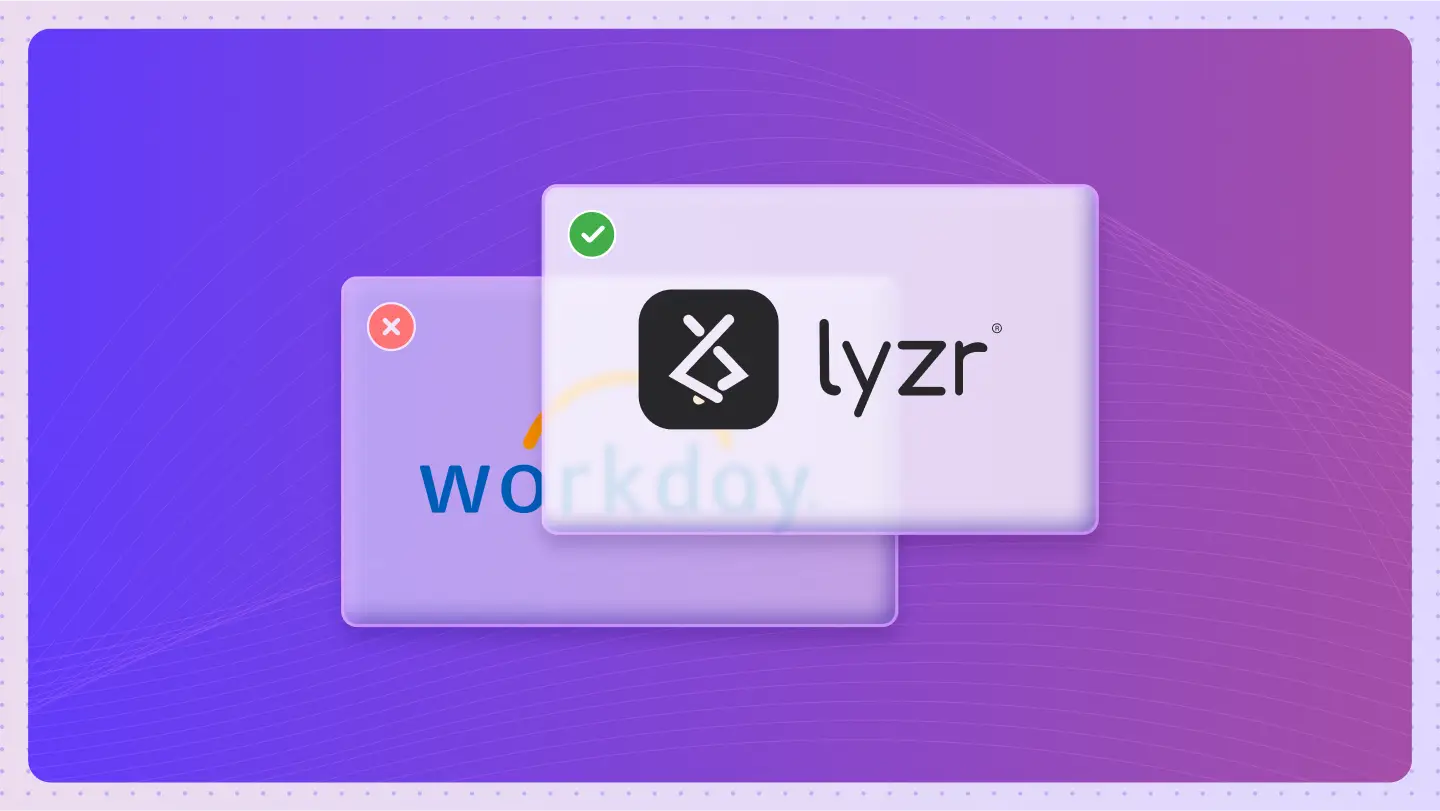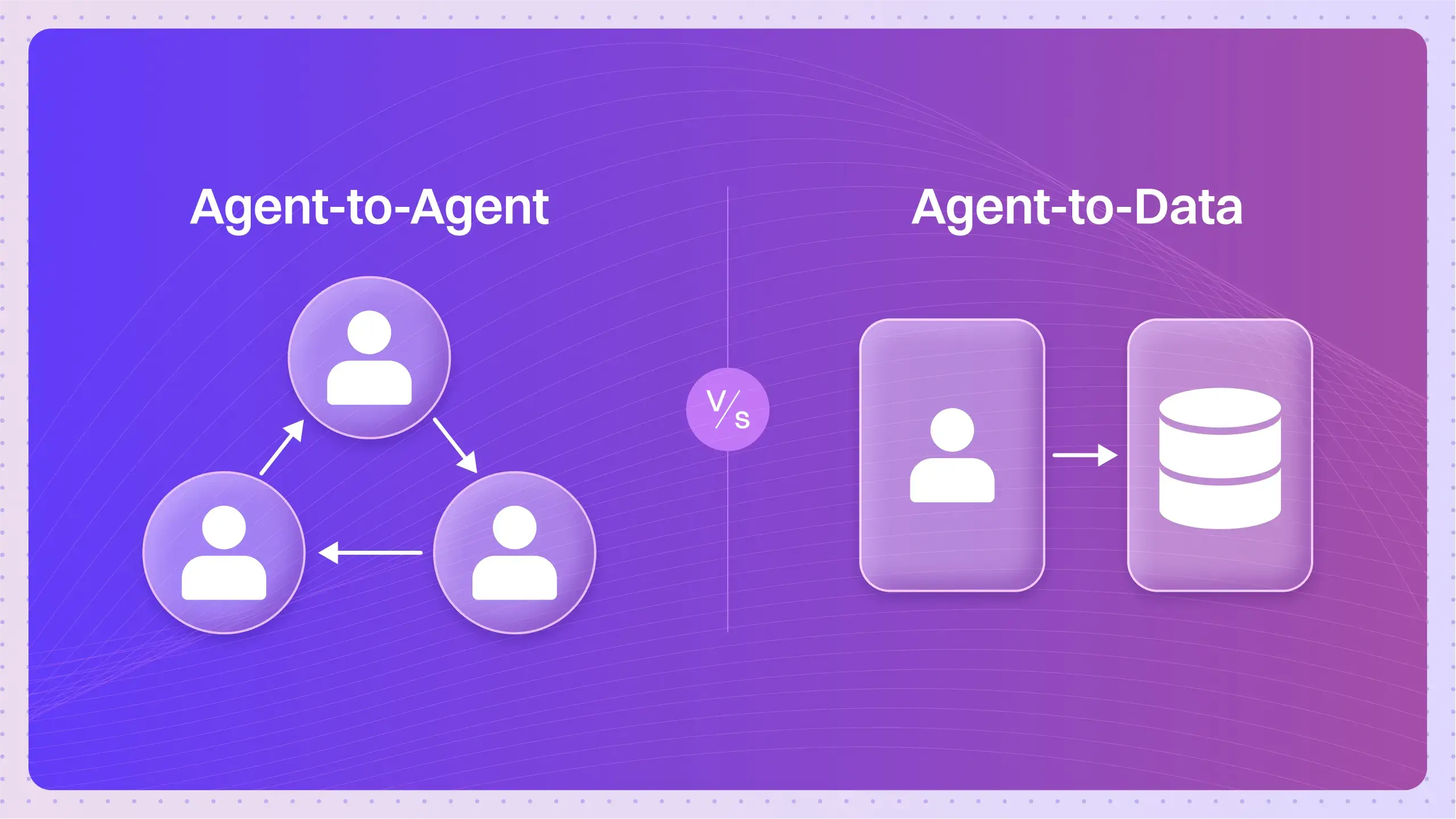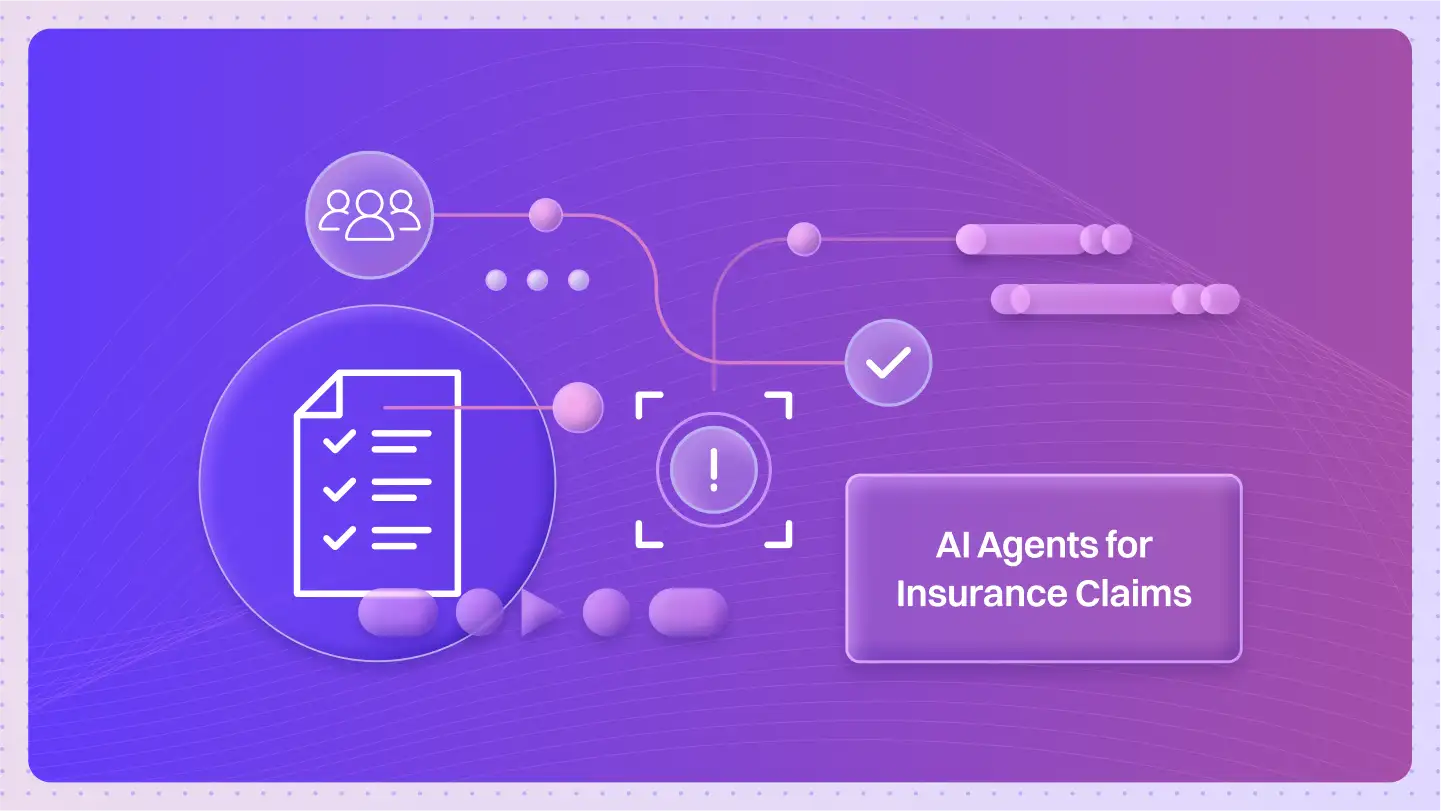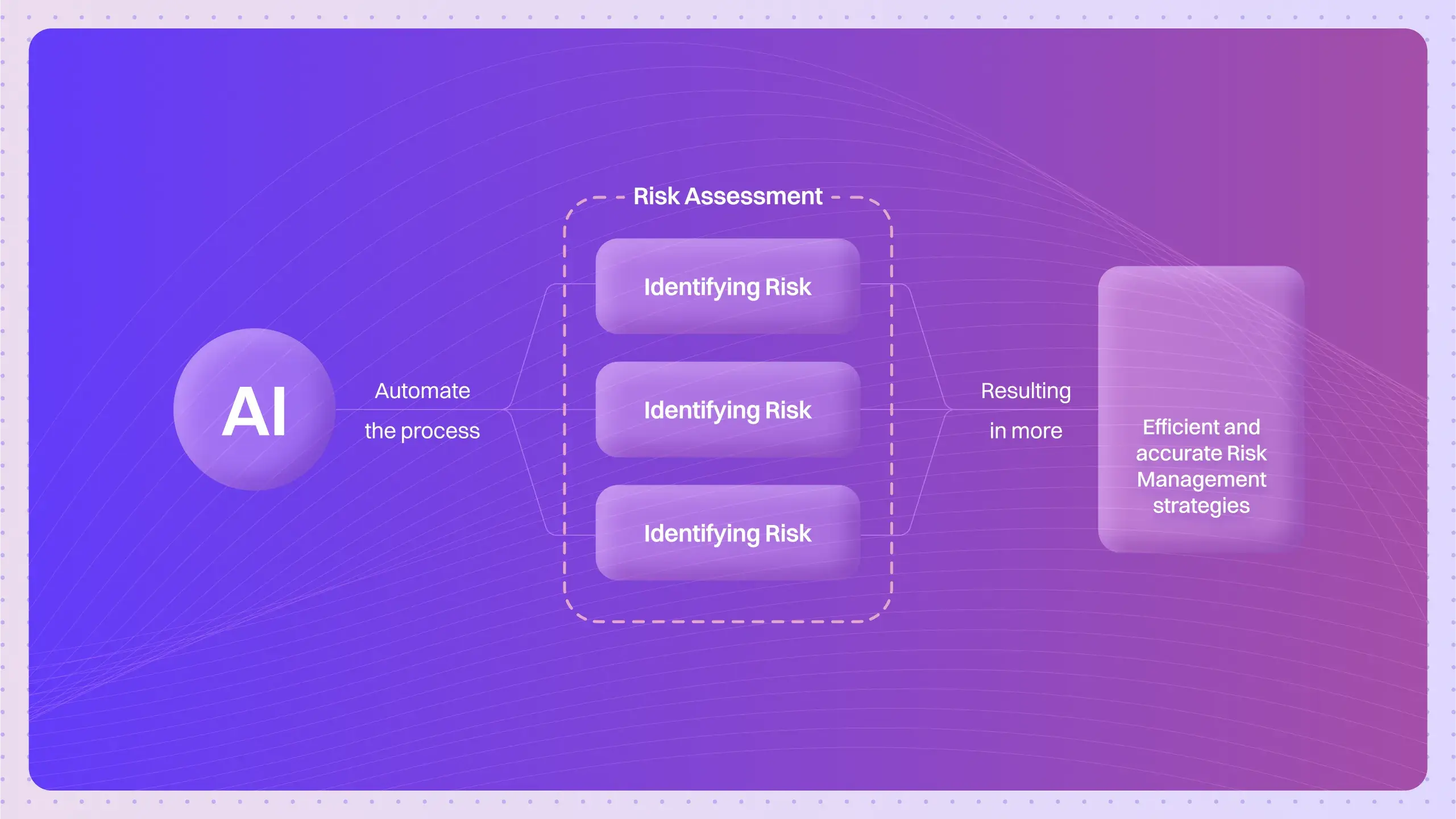What is API?
An API, or Application Programming Interface, is a set of rules that allows different software systems to communicate and integrate with each other, enabling developers to build applications efficiently.
How does the API Facilitate Software Integration?
APIs, or Application Programming Interfaces, are essential tools that enable different software systems to communicate and integrate effectively. They allow developers to access functionalities or data from one application while using another, fostering a seamless interaction between diverse systems.
Key aspects of how APIs operate include:
- Communication Protocols: APIs utilize specific protocols (like HTTP/HTTPS) to facilitate requests and responses between systems.
- Data Formats: APIs commonly use formats such as JSON or XML for data exchange, ensuring that different systems can interpret the data correctly.
- Endpoints: APIs consist of endpoints, which are specific paths where the API can be accessed, allowing developers to interact with different functionalities of an application.
- Authentication: Many APIs require authentication (such as API keys or OAuth) to ensure secure access to the data or services they provide.
- Rate Limiting: To prevent abuse, APIs often implement rate limiting, controlling how many requests a user can make in a given time frame.
Benefits of using APIs in application development include improved efficiency, scalability, and the ability to leverage existing services to enhance functionality. Effective API design emphasizes simplicity, consistency, and thorough documentation, essential for facilitating ease of use and integration.
Common Uses and Applications of API in Real-world Scenarios
APIs (Application Programming Interfaces) play a critical role in modern software development, facilitating seamless integration and communication between different systems. Here are the main applications of APIs in various industries:
- Web Services Integration: APIs enable different web services to communicate, allowing for data exchange and functionality sharing between applications.
- Mobile Application Development: APIs are essential for accessing device features and third-party services, enhancing the functionality of mobile apps.
- Cloud Services: APIs facilitate interaction with cloud platforms, enabling scalable and flexible solutions for data storage and processing.
- IoT Devices: APIs allow IoT devices to communicate with each other and with centralized systems, making data privacy, collection and management more efficient.
- E-commerce Platforms: APIs are used to integrate payment gateways, inventory systems, and shipping services, streamlining online transactions.
- Social Media Integration: APIs allow applications to connect with social media platforms for authentication, content sharing, and analytics.
- Automated Testing: APIs enable automated testing tools to interact with applications, ensuring quality and performance.
- Data Analytics: APIs facilitate the retrieval and integration of data from various sources, aiding in comprehensive analysis and reporting.
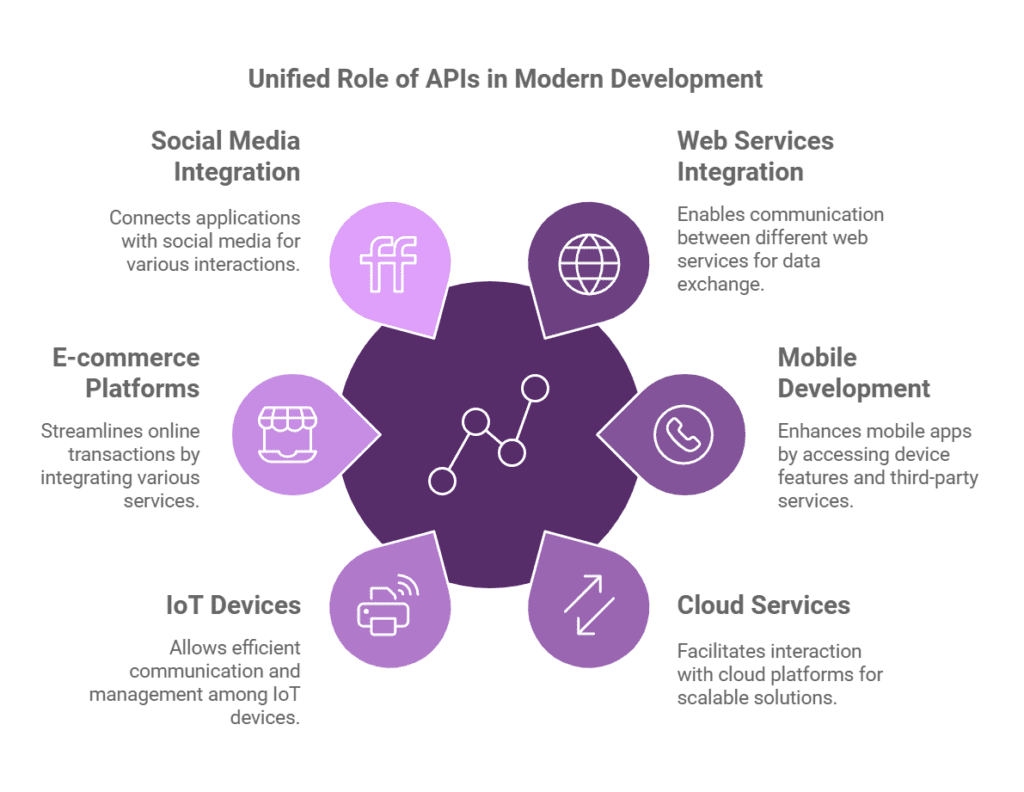
What are the Advantages of Using APIs in Development?
APIs (Application Programming Interfaces) are crucial in today’s software development landscape. They enable seamless integration and communication between different software systems, enhancing functionality and user experience. Here are the key benefits of using APIs:
- Enhanced Integration: APIs allow disparate systems to work together, streamlining processes and improving efficiency.
- Faster Development: By leveraging existing APIs, developers can save time and resources, focusing on core functionalities instead of building from scratch.
- Scalability: APIs facilitate easy updates and scaling of applications, allowing businesses to adapt to changing needs swiftly.
- Improved Collaboration: APIs promote collaboration between teams and third-party developers, leading to innovative solutions and enhanced product offerings.
- Cost Efficiency: Utilizing APIs can significantly reduce development costs by reusing existing services and functionalities.
- Better User Experience: APIs enable the integration of diverse features, improving overall user satisfaction and engagement.
- Security: Well-designed APIs provide secure access to data and services, ensuring that sensitive information remains protected.
Are there any Drawbacks or Limitations Associated with API?
While APIs offer many benefits, they also have limitations such as potential security vulnerabilities, dependency on external services, and lack of standardization. These challenges can impact system reliability, lead to data breaches, and complicate integration efforts, requiring careful management and monitoring.
Can You Provide Real-life Examples of API in Action?
For example, Twitter uses APIs to allow developers to access its data for building applications. This demonstrates how APIs facilitate communication between different software systems, enabling developers to create interactive experiences and leverage Twitter’s vast data resources.
How does API Compare to Similar Concepts or Technologies?
Compared to webhooks, APIs differ in that APIs allow for pull-based communication, where data is requested as needed, while webhooks provide push-based communication, sending data automatically when triggered. APIs offer more control over data requests, making them more suitable for complex integrations.
What are the Expected Future Trends for API?
In the future, APIs are expected to evolve by incorporating more automation, improved security measures, and enhanced support for microservices. These changes could lead to faster integration processes, better data security, and increased scalability for applications.
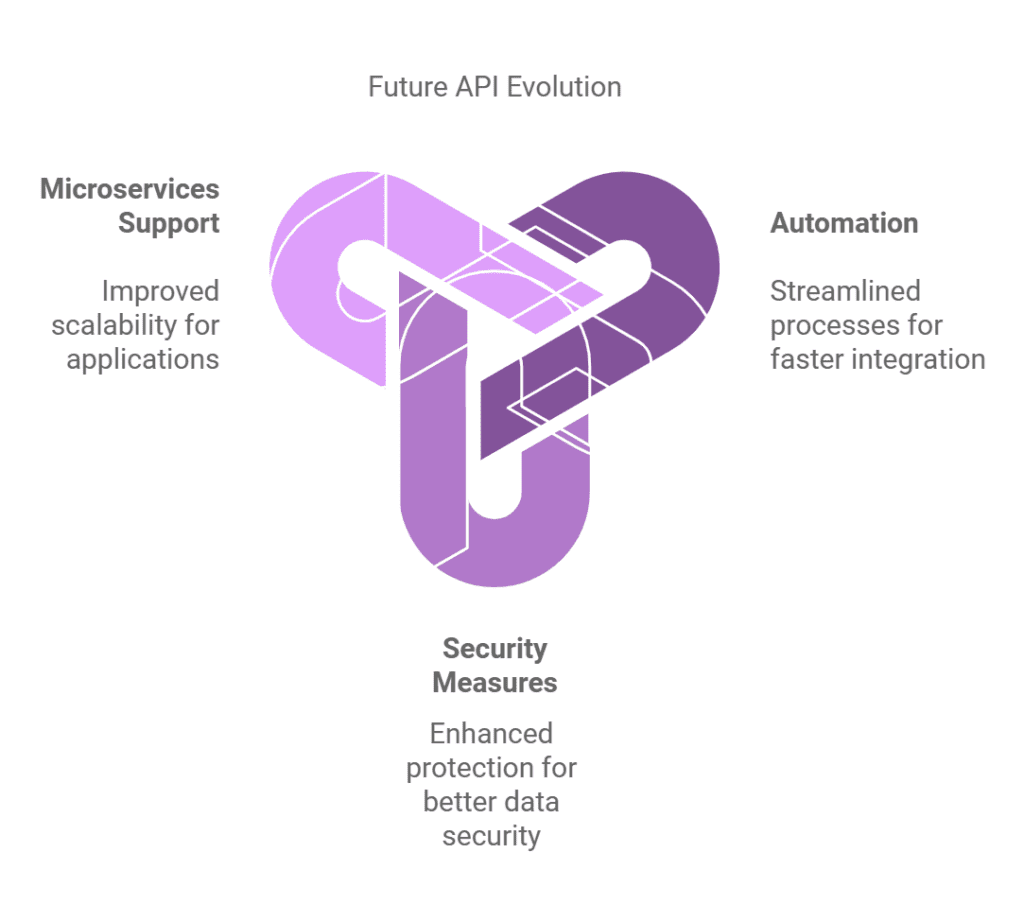
What are the Best Practices for Using API Effectively?
To use APIs effectively, it is recommended to:
- Follow RESTful principles for design.
- Use versioning to manage updates.
- Implement authentication and authorization measures.
- Provide clear documentation for developers.
- Monitor API usage and performance.
Following these guidelines ensures reliable integration and better user experiences.
Are there Detailed Case Studies Demonstrating the Successful Implementation of API?
One case study involves Spotify, which utilizes APIs to allow third-party developers to access its music library. By implementing APIs, Spotify has seen significant growth in user engagement and integration with various applications, resulting in increased usage and customer satisfaction.
What Related Terms are Important to Understand along with API?
Related terms include ‘Microservices’ and ‘Webhook’, which are crucial for understanding API because microservices architecture often relies on APIs for communication between services, while webhooks provide a way for APIs to deliver real-time data to other systems.
What are the Step-by-step Instructions for Implementing API?
To implement an API, follow these steps:
- Define API endpoints and methods.
- Set up authentication and authorization.
- Develop the API using a suitable framework.
- Test the API for functionality and performance.
- Document the API for developers.
- Monitor and maintain the API after deployment.
These steps ensure a structured approach to API development and integration.
Frequently Asked Questions
What is an API?
An API, or Application Programming Interface, is a set of rules that allows different software applications to communicate with each other.
- It defines how requests for data or functions are made.
- It defines how responses are returned.
How do APIs facilitate integration between systems?
APIs allow different systems to share data and functions, making integration simpler.
- They standardize the way software components interact.
- They reduce compatibility issues.
What are the benefits of using APIs in application development?
Using APIs can speed up application development and improve functionality.
- They allow developers to leverage existing services and resources.
- They reduce the time and effort needed for development.
What are key aspects of effective API design?
Effective API design focuses on clarity, consistency, and usability.
- Clear documentation is essential for developers to understand usage.
- Consistent naming conventions enhance usability.
How do APIs support scalability in software applications?
APIs allow applications to scale by enabling modular development.
- Different components can be updated independently.
- New features can be added without affecting the entire system.
What is the role of authentication in API usage?
Authentication ensures that only authorized users can access an API.
- It protects sensitive data.
- It enforces proper usage of the API.
How can developers test APIs effectively?
Testing APIs is crucial to ensure they function as intended.
- Use tools like Postman or Swagger for testing endpoints.
- Write unit tests to validate API responses.



